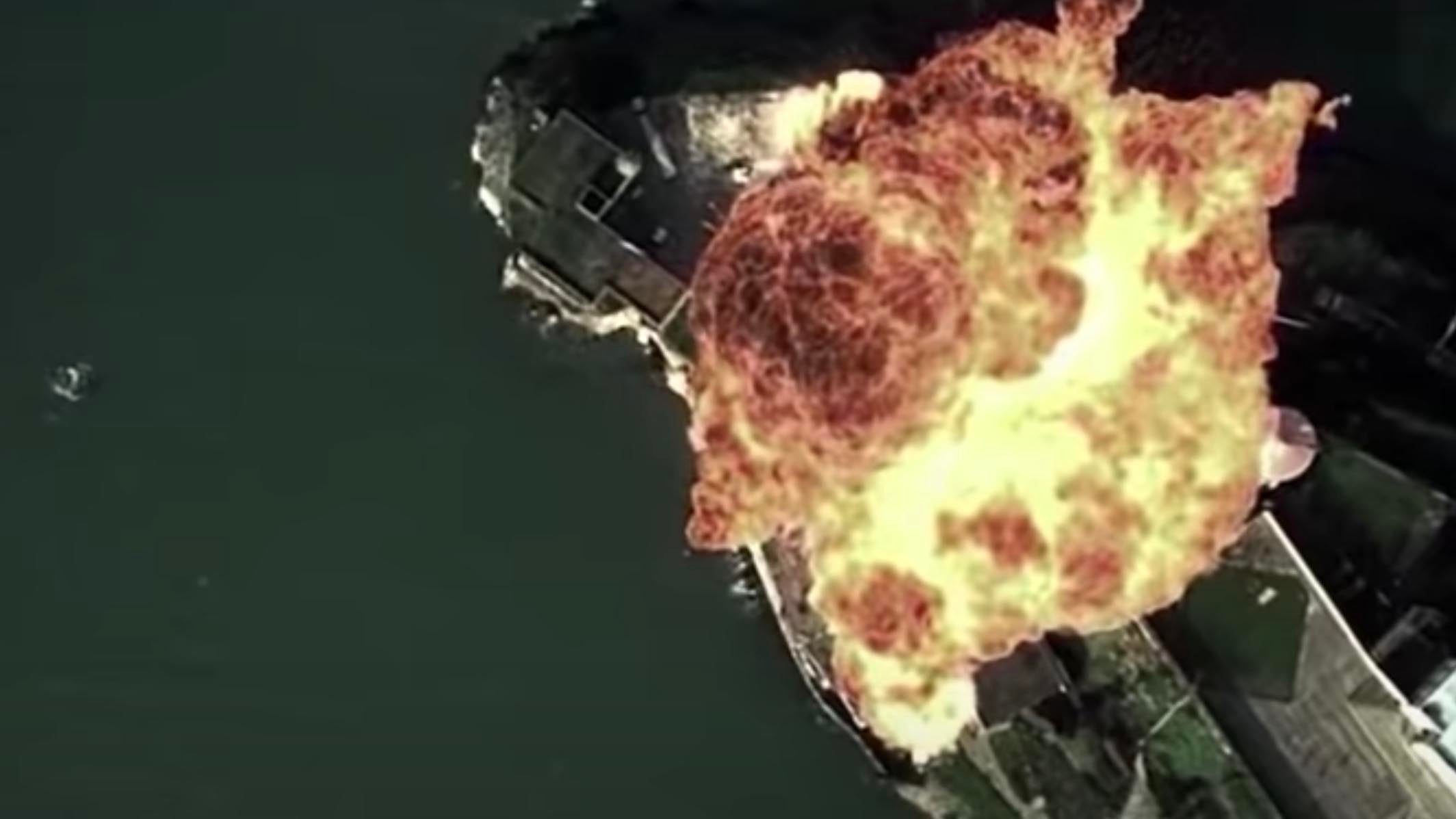In an official video released over the weekend, China’s People’s Liberation Army Air Force appears to show H-6 strategic bombers taking part in a simulated attack on the U.S. Air Force’s Andersen Air Force Base on Guam — but all may not be quite as it seems.
Entitled The God of War H-6K Goes on the Attack!, the video has also been tailored to showcase the People’s Liberation Army Air Force’s (PLAAF) latest strategic bomber/missile-carrier. Derived from the Cold War-era Soviet-designed Tu-16 Badger, the H-6 is today used by both the PLAAF and the People’s Liberation Army Navy Air Force (PLANAF).
Nicknamed God of War in Chinese service, the H-6K is a dedicated strategic missile-carrier that was first identified in the West in prototype form in late 2006. Essentially a completely redesigned H-6, it can be identified by its airliner-style forward fuselage, with the original glazed nose replaced by a huge radome.

Powered by two Russian-made Aviadvigatel D-30KP-2 turbofans, as used in the Il-76MD Candid airlifter, the H-6K has extended range, higher cruising speed, and an increased weapons load compared with its predecessors.
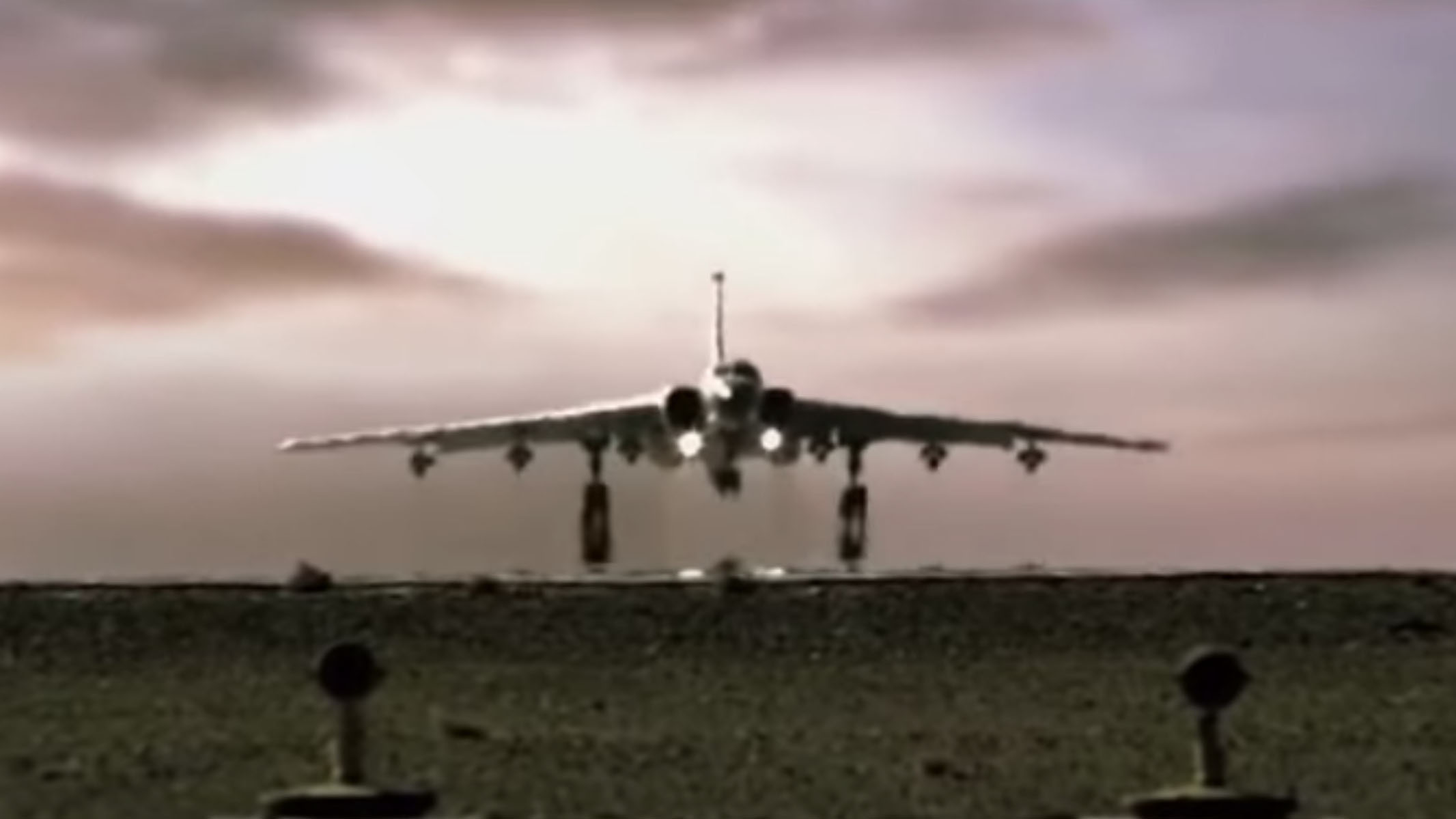
The roughly two-minute video, posted by the PLAAF to the Chinese microblogging site Weibo on September 19, 2020, begins with scenes of a desert air base — reportedly Lanzhou in northwest China’s Gansu province — with white-painted H-6Ks under camouflage tarpaulins and being prepared by groundcrew.
The bombers are fitted with six underwing weapons pylons, but at the start of the video, these don’t have weapons fitted. At one point a large missile is seen being maneuvered on the ground by weapons technicians, but it is hard to identify exactly what type. The H-6K variant introduced new armament in the shape of KD-20 long-range cruise missiles, six of which can be carried externally. As well as the new-generation KD-20, the H-6K can also be armed with the older KD-63 cruise missile as well as YJ-12 anti-ship missiles.
After the twin-engine H-6s are seen taxiing and taking off. We then switch to an in-cockpit sequence, although the six color multifunction cockpit displays introduced on the flight deck of the H-6K variant are not shown. This is immediately followed by a computer-generated missile launch seen from the pilots’ perspective, with a missile streaking towards an air base on an island’s coast, and footage of airstrikes that is made to look like it’s been harvested from targeting pod and missile seeker imagery.
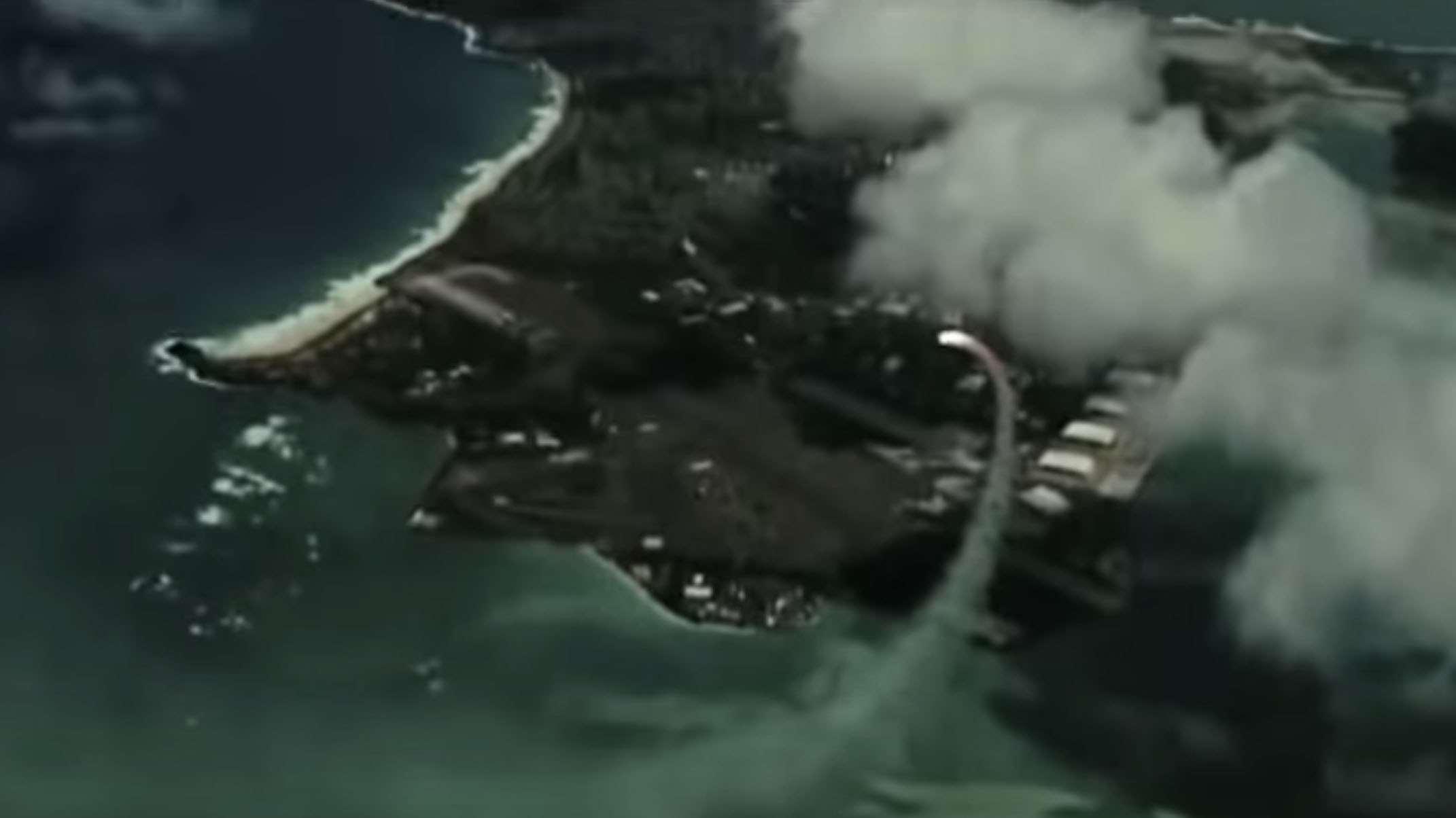
Following an enormous explosion, there’s more footage of airborne H-6Ks, this time clearly loaded with KD-20 long-range land-attack cruise missiles, and escorted by armed J-11 fighters. Based on comparison with previously released stills imagery, this sequence at least seems to be several years old. We then see a bomber landing at the desert airfield and the video ends with scenes of the flight line and jubilant aircrew.
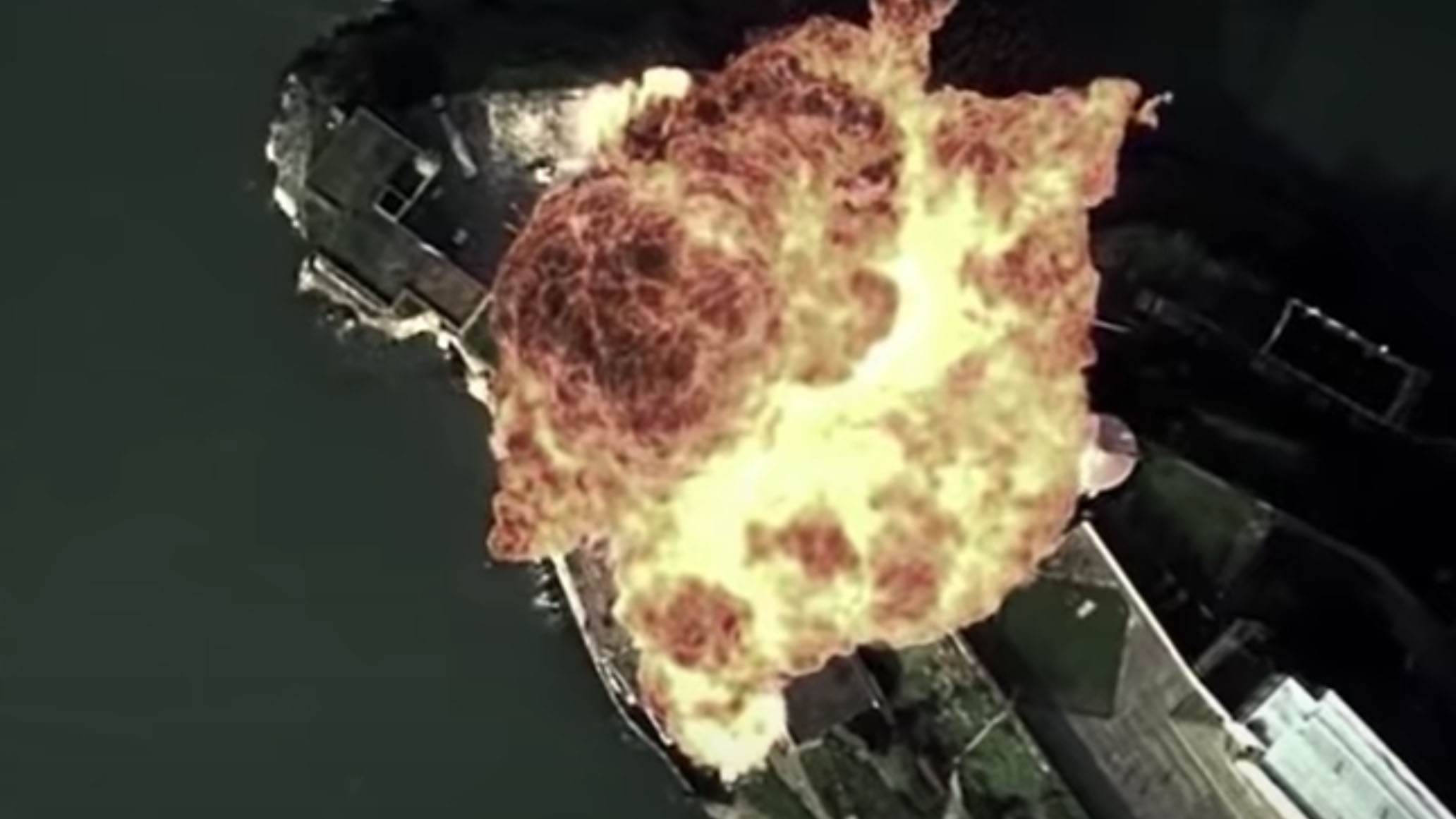
Perhaps the key part of the video, however, is the scene showing an aerial view of the “target” that has been identified by Reuters as Andersen AFB, a strategic U.S. military outpost in the Asia-Pacific region. The South China Morning Post, meanwhile, is a little more circumspect, describing the Pacific island airfield as having “more than a passing resemblance to the US facility on the island of Guam.” The reality is that the overhead satellite-like images are indeed of Guam, there is no ambiguity.
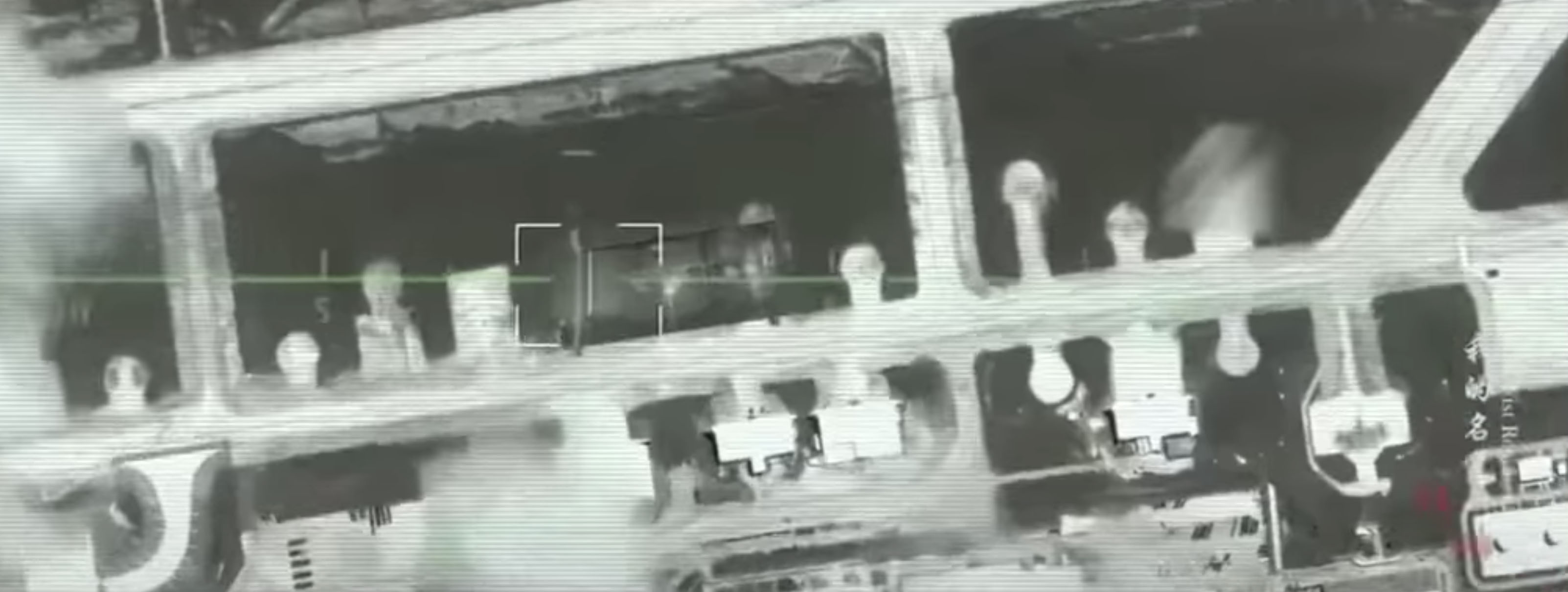
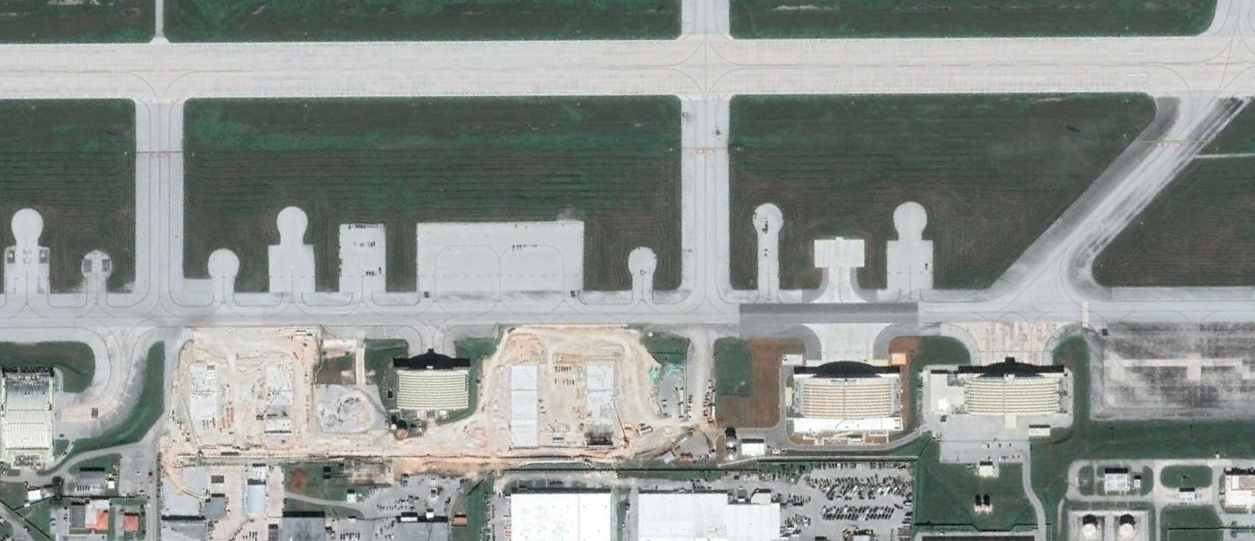
Andersen AFB’s strategic importance to the U.S. is reflected in the fact that a continuous presence of American bombers existed at the base for 16 years until April 2020, and U.S. Air Force bombers continue to use the facility for temporary deployments. Its military value would put it among the prime targets for the PLA during any kind of shooting war with the United States.
As well as manned bombers, China has an expanding force of ballistic missiles that could threaten the U.S. facilities on Guam — as well as other regional bases — in a conflict. The island has been directly threatened in the past by North Korea’s Kin Jong-un and has apparently experienced repeated incursions by mysterious unmanned aircraft.
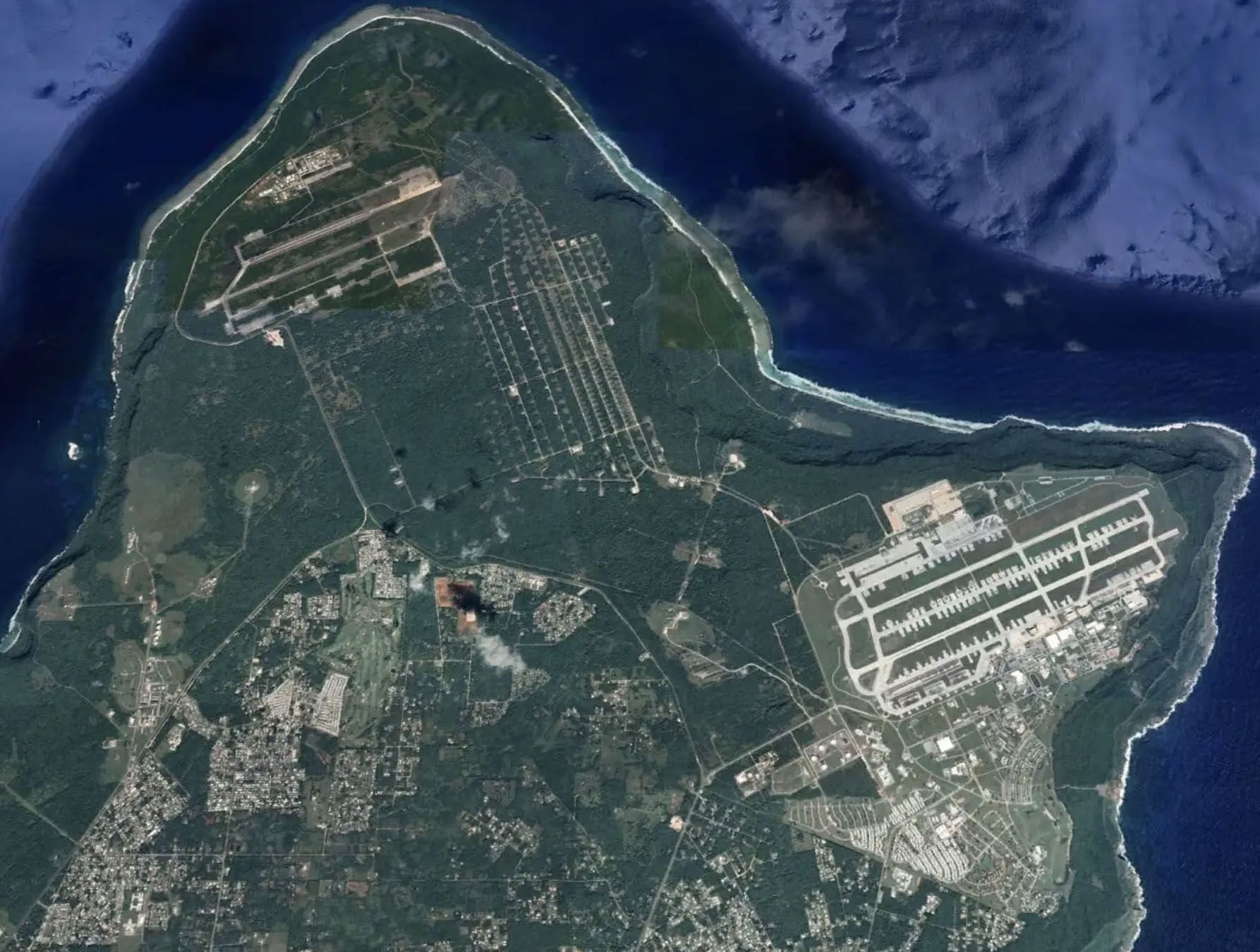
While the rhetoric behind the PLAAF video seems clear enough — Beijing’s air arm is able to hold targets on Guam to risk at a time and place of its own choosing — the production of the footage isn’t original. Keen observers on Twitter identified certain scenes in the PLAAF film that had been ‘recycled’ from Hollywood blockbusters, including clips from The Hurt Locker and The Rock. Meanwhile, the sequence showing Andersen AFB under attack was apparently lifted from Transformers: Revenge of the Fallen.
The release of the video comes at a time of heightened tensions in the region. Its appearance coincided with People’s Liberation Army maneuvers carried out near Taiwan, and Chinese anger at the visit to Taipei by Keith Krach, an economic representative from the U.S. government. Krach was described by the New York Times as “the highest-level official from the State Department to visit the island in decades.” Moreover, under the Trump Administration, the United States has shifted its policy toward Taiwan, while relations with China have deteriorated.
While China’s unusual approach to creating Hollywood-style propaganda may look odd to Western observers, this latest video’s real talking point lies in its more-or-less explicit use of a key American base as the fantasy target of the People’s Liberation Army Air Force.
Contact the author: thomas@thedrive.com
